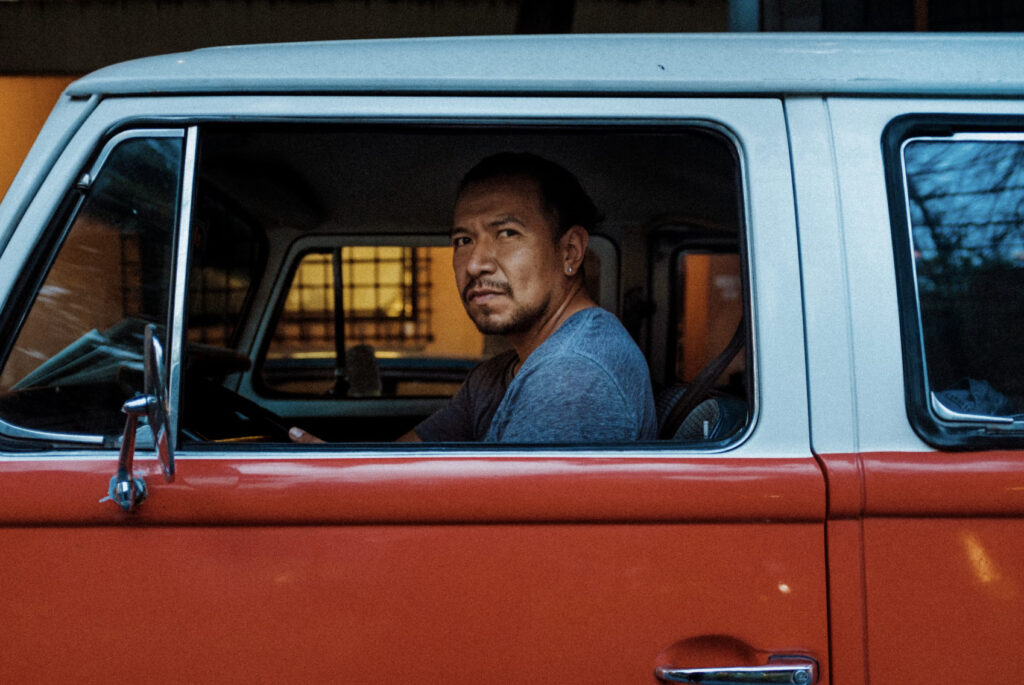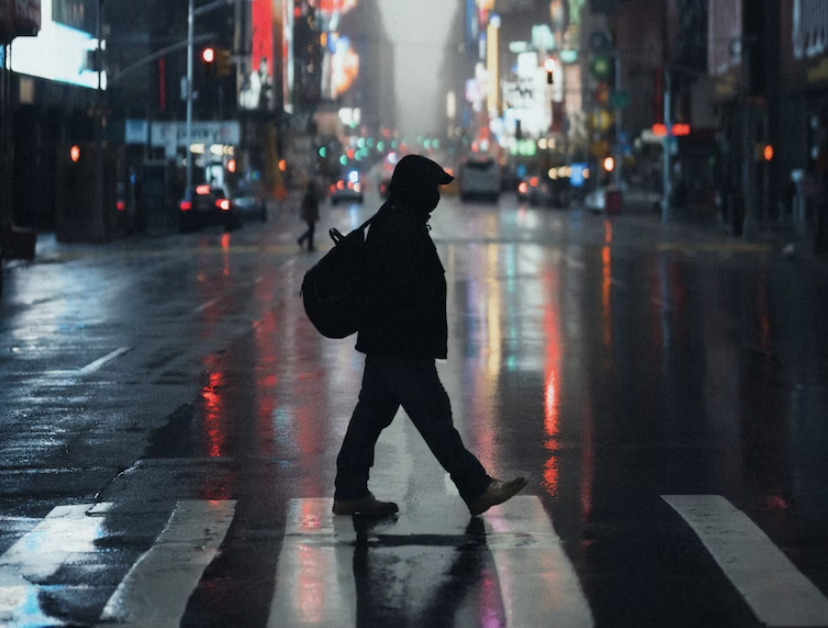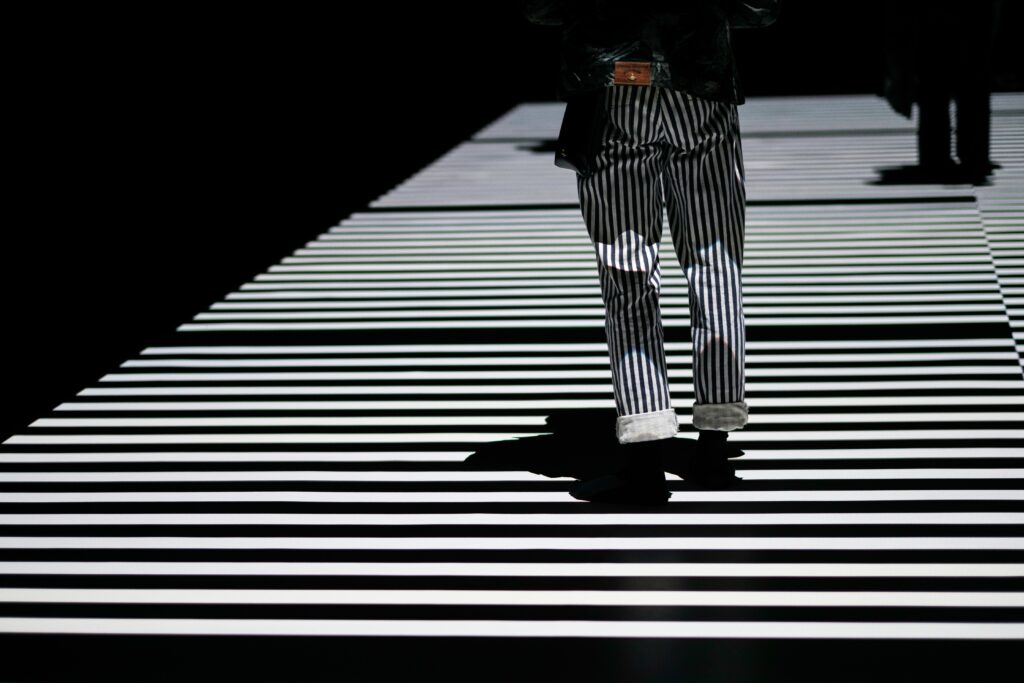One of the biggest mistakes any photographer can make is to assume that long exposure is only something to attempt when capturing landscapes.

Long exposure is not confined to a specific genre but is a compelling way of capturing motion in a static image via our exposure setting.
I remember the first time I travelled to Madrid, I was absolutely fascinated with the city, the architecture (the food) and of course, the people; the endless rivers of people flowing down the streets of Madrid during winter.
I remember being fascinated with certain photographs from Henri Cartier-Bresson that depicted motion in a beautiful way, therefore I decided to capture people with slow shutter speed settings.
But there was a big problem because I wanted to travel light, I left my robust tripod back home, and I needed to find a sturdy solution, fast.
Thankfully I found a small staircase in which I was able to not only stabilise my camera, but I was also able to compose through the viewfinder at the moment I pressed my shutter button.
Unfortunately, at that time, I wasn't aware of the importance of locking the camera's mirror up so the images were still a little shaky.
So here is a quick tip – what happens with DSLR cameras is that there is a mirror that allows us to see through the lens via the viewfinder, but when we press the shutter button it slams up allowing light to pass directly through the camera in order to reach our camera's sensor.
This movement causes a little shakiness in our pictures, which we can see if we look at them with detail on our computers.
So make sure that your camera's mirror is locked to ensure that you don't get this unwanted element in your photos.
Usually, this setting is in the menu system of your camera, so take a quick look at your camera manual or google “camera model + mirror lockup” and you should be able to find the instructions.

So don't limit your use of long exposure to landscapes and don't be afraid of setting some slow shutter speeds on your camera while walking the streets. You'll be amazed at the images that you can achieve, after all, that's the reason why long exposure is so compelling for many people because it captures reality in a way that is just impossible for our eyes to record it.

If you are curious about slow shutter speed photography on the streets you should watch the work of Alexey Titarenko or Martin Roemers for some inspiration.
PS: With a long enough exposure, you can even manage to erase people from the scene, just like Daguerre almost did with the picture considered to be the first street photograph of all time.
Mirror lockup is one of the great tactics for getting movement into your street images, but there are many more. If you want to take a more comprehensive look, check out this guide to long exposure photography and this one on long exposure photography gear.







2 Comments
My friend Daguerre was not only the first street photographer
as was the first with a camera in the street the only one for many years…
great advice – thank you.